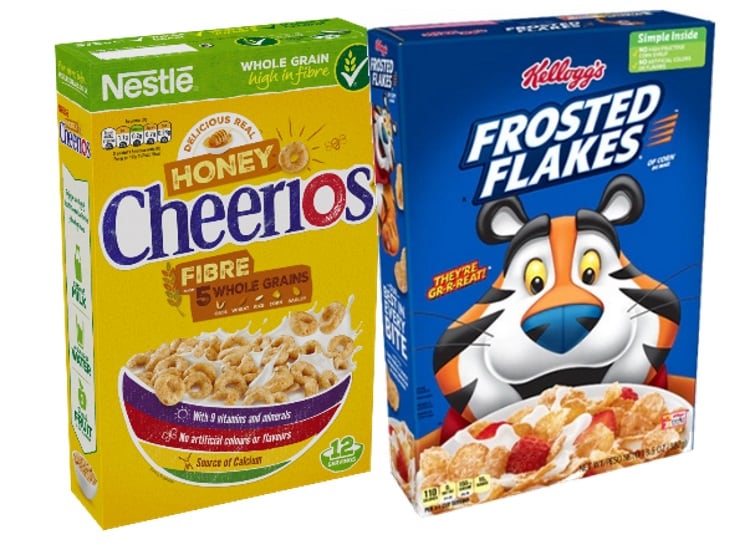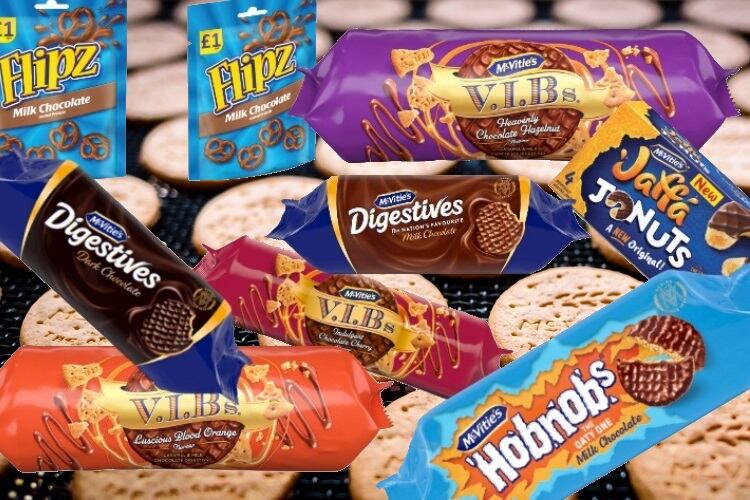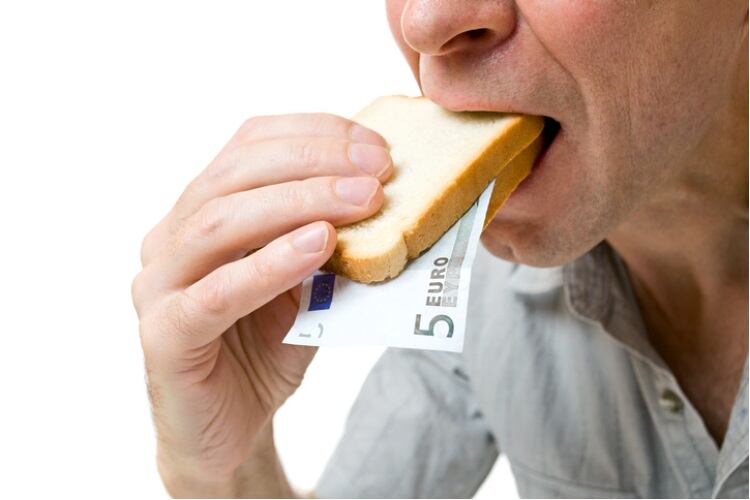New research by Veylinx found consumers are willing to absorb price increases, but only to a certain degree.
While 84% of Americans are concerned about inflation, most are willing to pay more for their breakfast staple, as long as the price increase is “relatively small”.
For example, the study found that when the price is raised by 20 cents (from $3.29 to $3.49), demand for Frosted Flakes is virtually unchanged. However, demand for Cheerios drops by 1.5%.
Larger price increases have a more significant effect on demand, with anything above a 50-cent increase reducing demand for both brands by almost 13%.
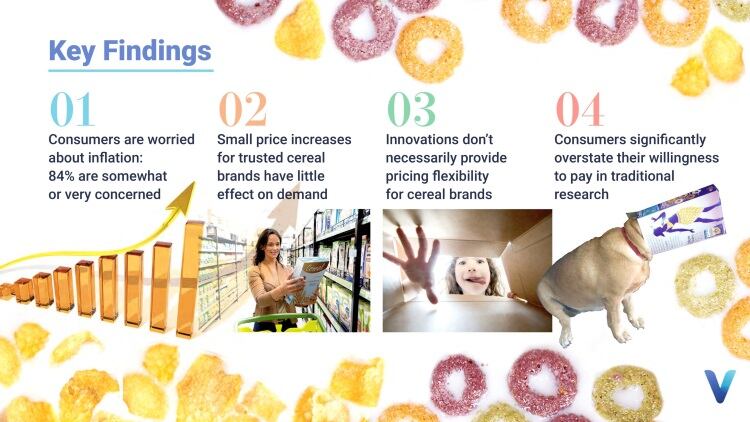
'What is' versus 'what if'
Unlike typical market research, Veylinx’s unique methodology measures consumers’ true willingness versus their hypothetical willingness – by using their own money in a sealed bid on the products being tested, which provides a more accurate understanding of demand. In light of inevitable price increases in 2022, the company studied the behaviour of 6,410 US consumers to reveal their impact on two of the country’s most popular cereal brands.
Notably, the methodology highlighted the fact that consumers consistently overstate their willingness to absorb costs in traditional surveys versus real purchasing situations. For example, 76% of consumers claimed they would be happy to purchase Frosted Flakes in a resealable bag in a survey, but only 39% actually did so when it came to the crunch.
CPG majors around the world – from PepsiCo to General Mills – consistently return to Veylinx’s proprietary research methodology to find out the true picture of today’s landscape, along with what is expected to come. Looking to the new year, the global research company conducted a consumer purchase behaviour study to reveal the true costs the inevitable domino effect of the rising costs of commodities and supply chain challenges would have on the consumer.
How far can you go?
The study revealed people who eat cereal more than twice a week are more tolerant of price increases. When faced with an increase from $3.29 to $3.99 (21%), this group’s demand falls by 15% - compared to a 26% demand drop for people who consume fewer bowls per week.
When it comes to price, $3.99 appears to be an important psychological threshold, with demand falling sharply above that point. Demand decreases dramatically again at $4.99.
Men are twice as willing to absorb price increases as women. Surprisingly, though older consumers (55+) express the most concern about inflation – they are just as likely to absorb price increases as younger consumers.
Gen Zs – who typically tuck into cereal at least three time a week, teamed with plant-based milk – are the least worried about inflation, which is also reflected in their greater willingness to tolerate serial price spikes.
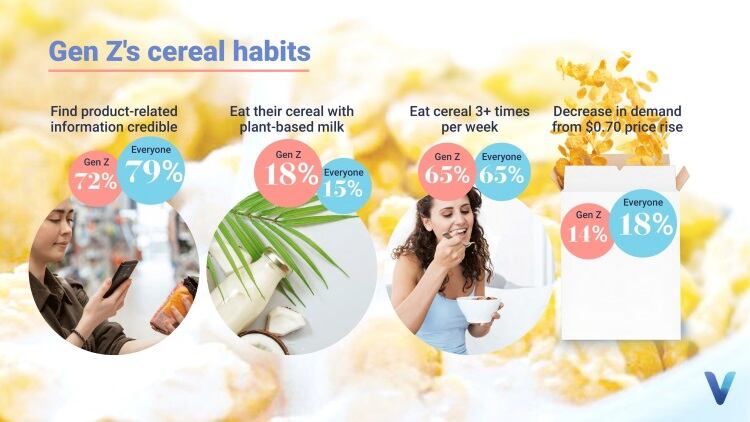
Counterintuitively, lower income consumers (<$25K annually) express the least apprehension over inflation, with Americans earning $100K+ in annual income being the most bothered.
“Consumer goods companies are under tremendous pressure to offset rising costs by raising prices,” said Anouar El Haji, CEO of Veylinx.
“However, they can’t rely on historical data or traditional methods to accurately predict what consumers are willing to pay. The current situation requires a new way of measuring demand for both existing products and innovations. This cereal study shows how important it is to use real behavioral insights to update prices and positioning while identifying which innovations to launch under these inflationary circumstances.”
The play of packaging
The Veylinx study also analysed consumer perception on potential packaging innovations – sustainable materials, single serve pouches, resealable packages, multipacks – to see if they provide opportunities for brands to raise prices without reducing demand. It found that most of these innovations did not drive higher demand than the standard Cheerios and Frosted Flakes boxes, regardless of the price point.
However, Cheerios consumers expressed a higher willingness for sustainable options – even at the higher price points – while Frosted Flakes fans articulated a preparedness to pay a higher price for single serve pouches.


